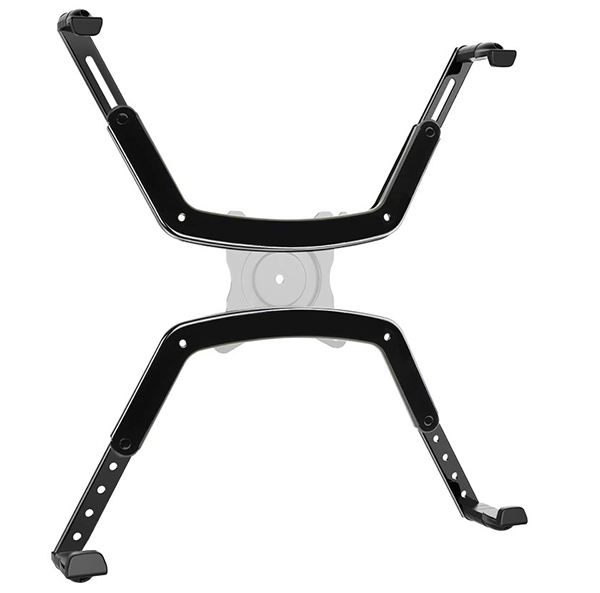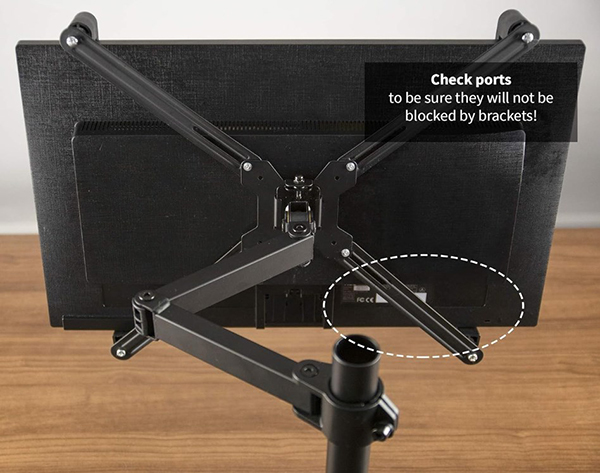Mounting a monitor can greatly enhance your workspace ergonomics and productivity. However, not all monitors come equipped with VESA mounting holes, which can make it challenging to find a suitable mounting solution. Fortunately, there are alternative methods available that allow you to mount a monitor bracket without VESA holes. In this article, we explore some creative solutions to help you achieve optimal monitor placement and make the most of your workspace.
Use an Monitor Adapter Bracket:
One of the most popular options for mounting a monitor without VESA holes is to use an adapter bracket. These brackets are specifically designed to attach to the back of your monitor, creating a VESA-compatible mounting surface. The adapter bracket typically features multiple holes or slots that align with the standard VESA hole pattern, allowing you to use a variety of monitor arms or wall mounts. Ensure that the adapter bracket you choose is compatible with your monitor's size and weight specifications.
Wall-Mounting with a Swivel Arm or Articulating Arm:
If your monitor lacks VESA holes but you prefer a wall-mounted setup, consider using a swivel arm or articulating arm. These monitor mounts can be attached to the wall and then adjusted to hold your monitor securely. Look for a mount that features adjustable brackets or clamps that can accommodate the monitor's shape and size. This solution allows you to achieve the desired viewing angle and can be particularly useful in small spaces where desk mounting is not feasible.
Desk-Mounting Options:
When it comes to desk-mounting a monitor without VESA holes, you can explore a couple of alternatives:
a. C-Clamp or Grommet Monitor Mounts: Some monitor mounts utilize a C-clamp or grommet system to secure the monitor to the desk. These mounts typically feature adjustable arms or brackets that can accommodate various monitor sizes. By attaching the mount to the edge of your desk using a C-clamp or through a grommet hole, you can achieve a stable and secure setup without relying on VESA holes.
b. Adhesive Mounts: Another innovative solution is using adhesive mounts specifically designed for monitors without VESA holes. These mounts use strong adhesive pads to attach to the back of your monitor. Once secured, they provide a stable platform for mounting the monitor on a monitor arm or stand. Make sure to choose an adhesive mount that is compatible with your monitor's weight and ensure proper surface preparation to ensure a secure bond.
DIY Solutions:
If you're feeling particularly handy, you can explore do-it-yourself options to mount a monitor without VESA holes. This approach might involve using custom brackets, wooden frames, or other creative solutions to create a suitable mounting surface. However, it's important to exercise caution and ensure that any DIY solution maintains the stability and safety of your monitor setup.
Conclusion:
While VESA holes are the standard for mounting monitors, not all displays come with them. Thankfully, there are several creative solutions available to mount a monitor without VESA holes, including adapter brackets, wall mounts with swivel or articulating arms, C-clamp or grommet mounts, adhesive mounts, and even DIY options. These alternatives empower you to achieve an ergonomic and efficient workspace setup, allowing you to position your monitor optimally for comfort and productivity. Remember to research and choose a solution that is compatible with your specific monitor model and weight requirements.
Post time: Dec-08-2023





